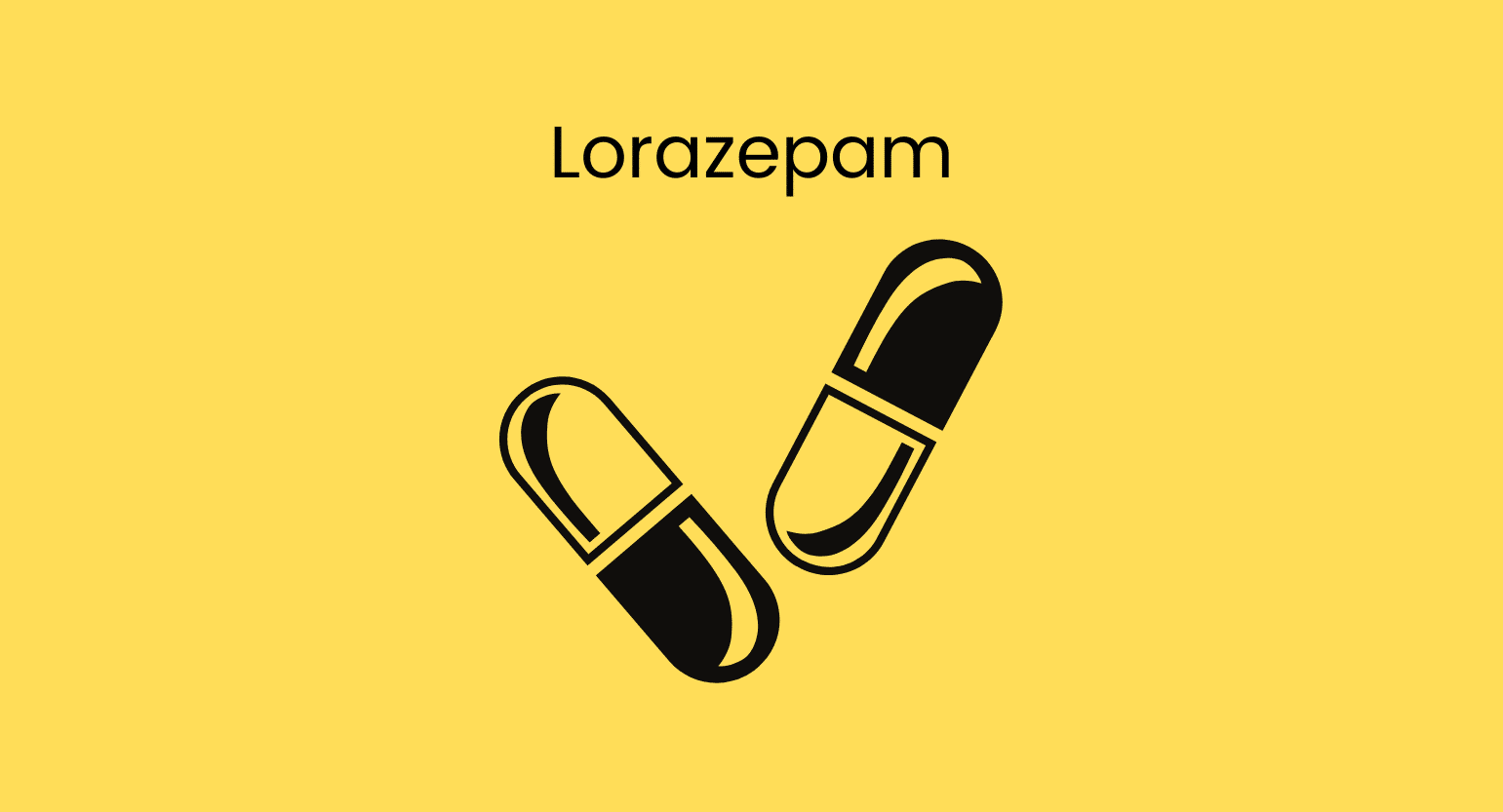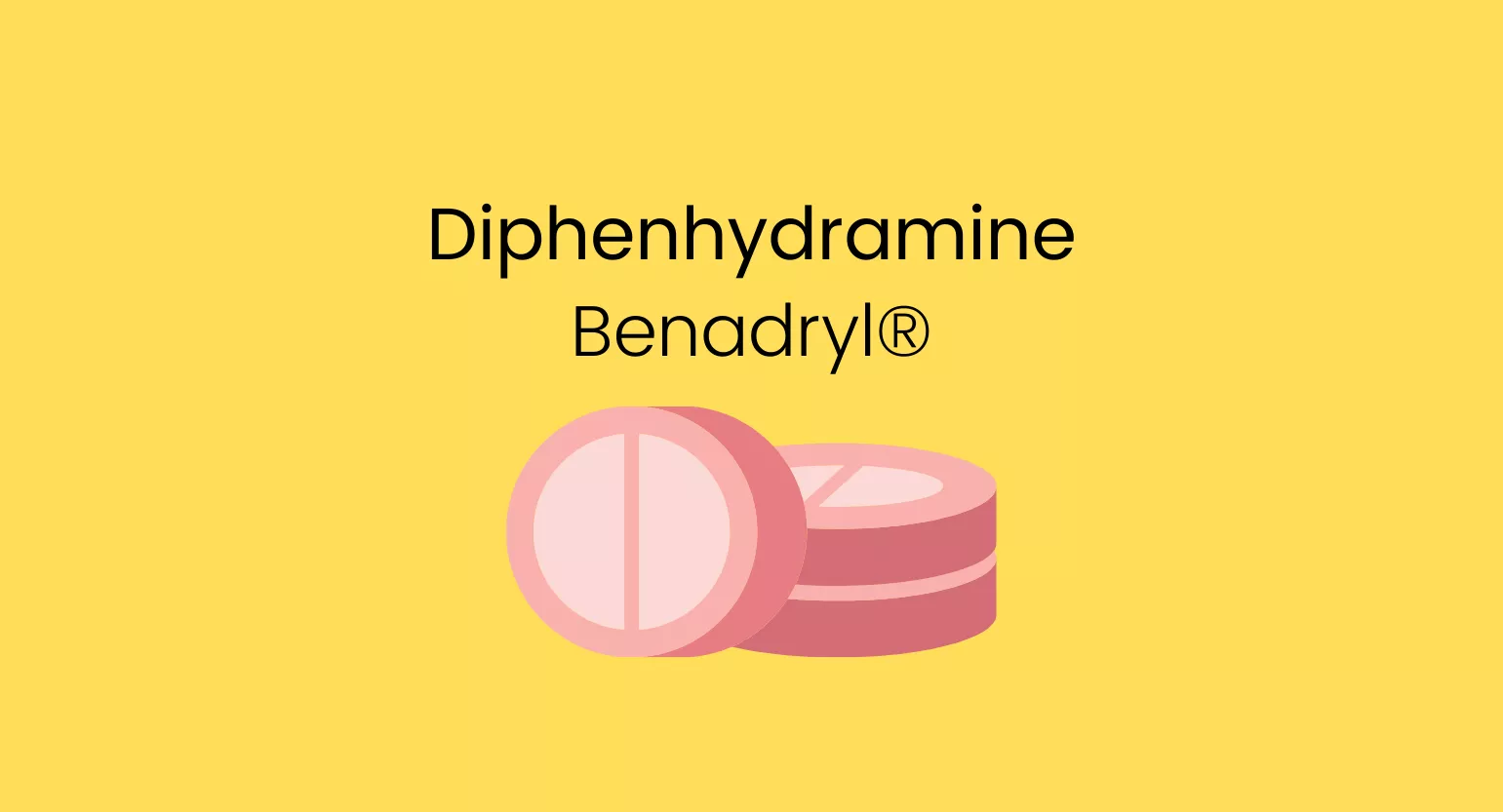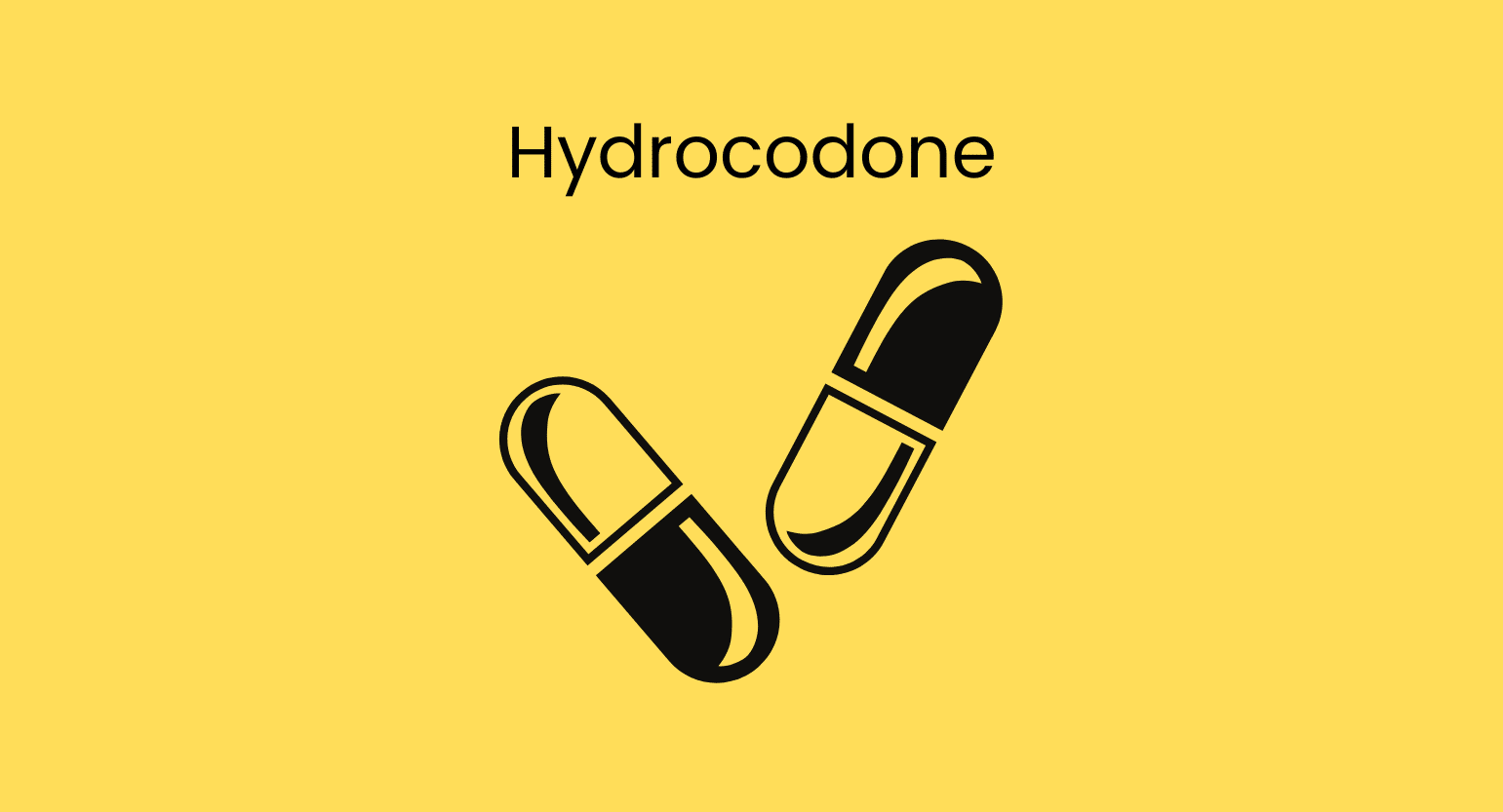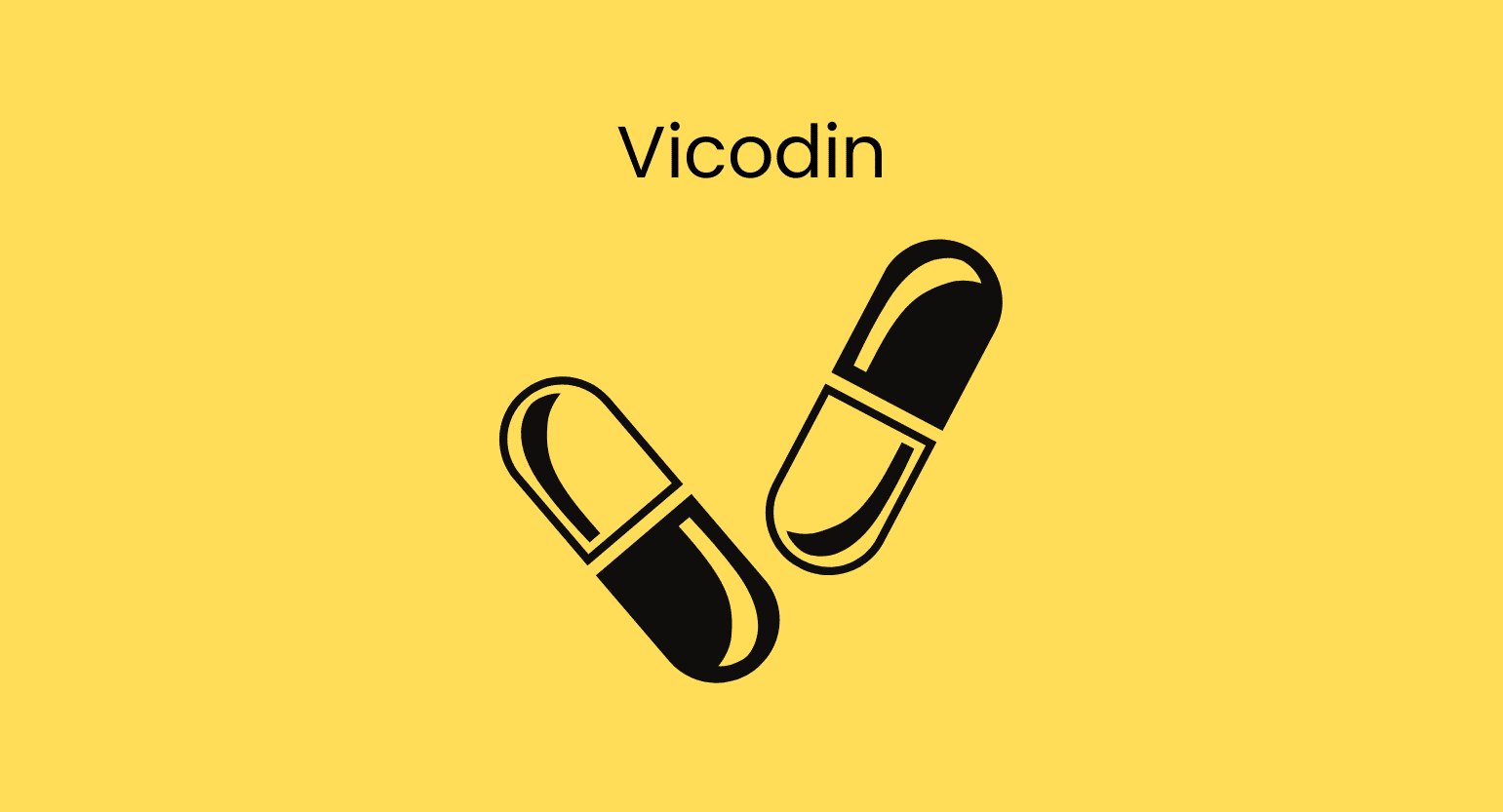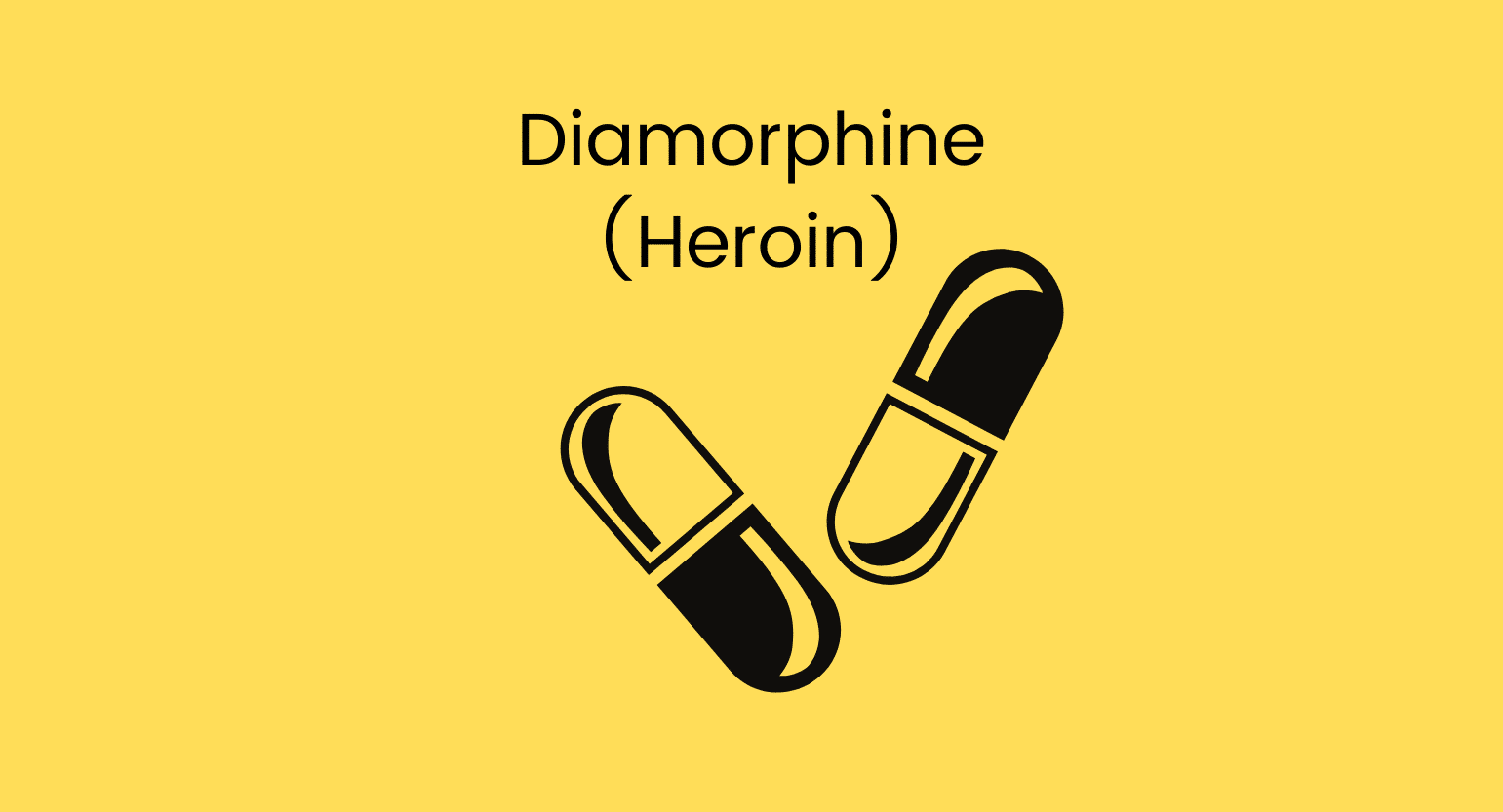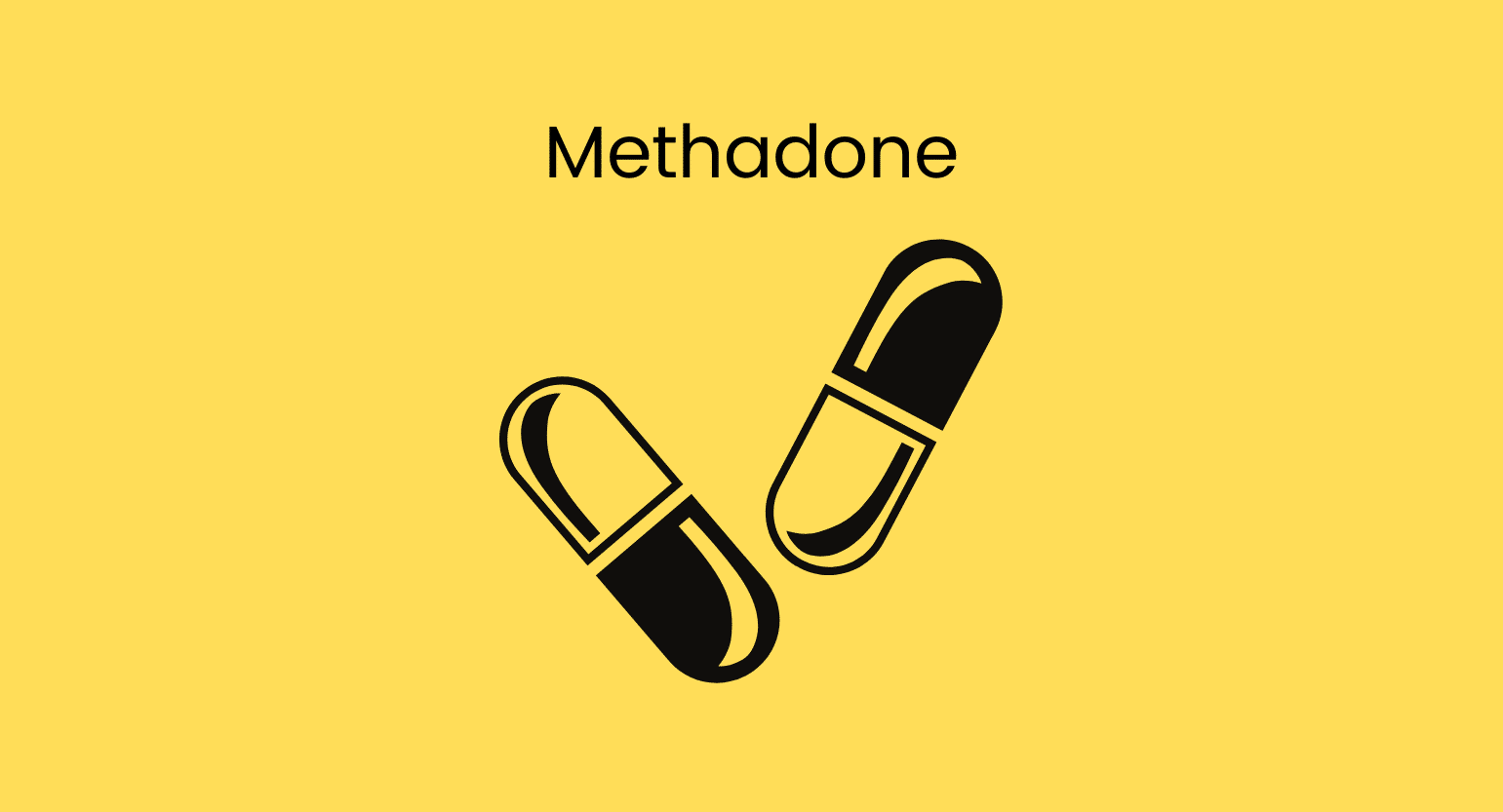Does Kratom Interact With Lorazepam (Ativan)?
Yes, kratom may slow the metabolism of Ativan and increase its sedative effects. This combination of effects could be dangerous — extreme caution is advised.
Here are two ways kratom and Ativan may interact if used at the same time:
Metabolic Competition (Slowed Elimination)
Most drugs are metabolized in the liver with the help of specific enzymes. If two drugs are taken together, and they require the same enzymes for their metabolism, they will compete for such enzymes. This will slow down the metabolism of both drugs, making them stay in the system longer than usual. This pharmacological phenomenon is known as metabolic competition.
Kratom and lorazepam are both metabolized in the liver by the CYP3A4 enzyme [1, 2]
Drugs that are used regularly (like Ativan) may eventually build up to toxic levels in the bloodstream if it isn’t metabolized efficiently. This means that taking kratom with Ativan becomes more dangerous the more often you take them.
Agonistic Interaction (Increased Effect)
When two drugs are taken together and cause similar effects on the body, they might potentiate each other’s effects. This is known as an agonistic interaction.
Because kratom and Ativan have similar effects, this combination could cause too strong effects for the user.
When doctors prescribe Ativan, the goal is to give the patient just enough for the drug to offer benefits without going overboard. This means the dosage prescribed is specifically chosen for the individual.
If Ativan is taken with substances that boost its effects, it could cause harm.
If you’re going to mix kratom with Ativan, speak to your doctor about the dosage first. They may recommend a smaller dose of Ativan to account for the agonistic effects of kratom.
Is It Safe to Take Kratom & Ativan (Lorazepam) Together?
No. Because of the interactions between kratom and lorazepam, this combination is not considered safe; taking these drugs together puts the user at risk of overdose and heightens the side effects of both.
Combining kratom and benzodiazepines like Ativan is high-risk and potentially fatal.
Ativan is a quick-acting tranquilizer that slows down brain functions, bringing on feelings ranging from deep relaxation to euphoria.
Kratom can slow down Ativan’s metabolism and reduce its effectiveness — situations that should be avoided at all costs.
If you take both drugs, make sure it is only under the guidance and supervision of your doctor.
Is Kratom a Viable Alternative to Ativan (Lorazepam)?
Are the two interchangeable? In some cases, maybe — but for the most part, these are entirely different substances. Kratom is not viewed as a viable alternative to Ativan for most applications.
If you’re prescribed Ativan (lorazepam), it’s crucial that you continue to use it as prescribed until you talk to your doctor.
Reducing the amount or suddenly stopping can cause suicidal thoughts and severe withdrawal symptoms like seizures and hallucinations.
However, many people seek an alternative to Ativan. As a drug that alleviates anxiety-related symptoms, Ativan (lorazepam) is beneficial, yet the side effects and dangers are quite considerable. Ativan may result in physical and psychological dependence when taken long-term.
Some people find relief using kratom for anxiety instead.
If you want to use kratom instead of Ativan, talk to your doctor about it first. Don’t try to self-treat, alter your dose, or use kratom in an attempt to wean off Ativan.
What Is Ativan (Lorazepam)?
Ativan is employed to treat anxiety and anxiety-related insomnia. It belongs to the benzodiazepine family, which acts on the brain and nerves (central nervous system) to provide a relaxing effect.
This drug works by enhancing the results of a particular natural chemical within the body, gamma-aminobutyric acid (GABA).
Lorazepam Specifications
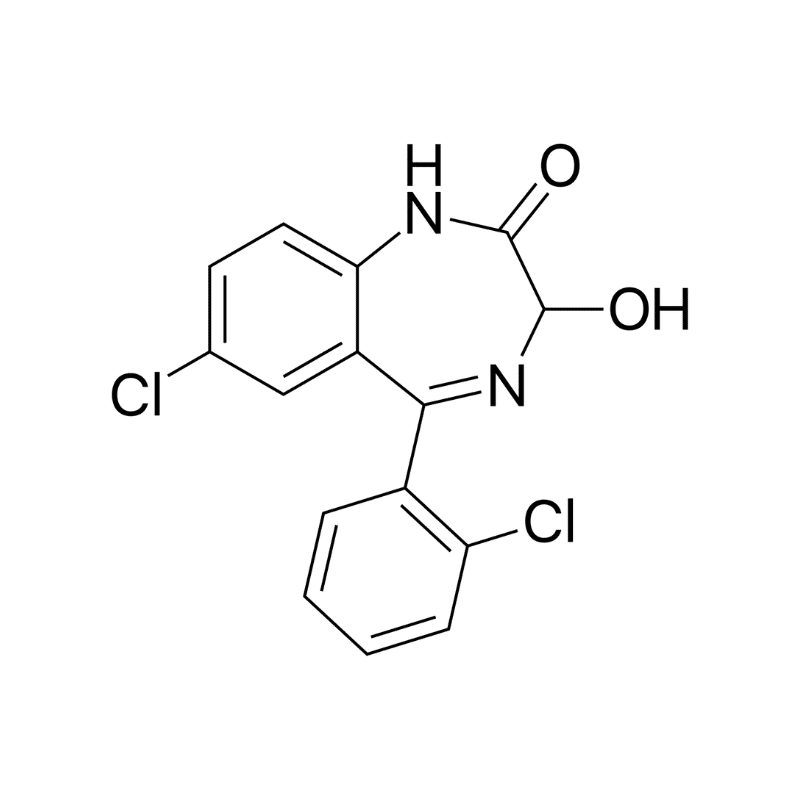
| Drug Name | Lorazepam |
| Trade Name | Ativan |
| Classification | Benzodiazepine |
| CYP Metabolism | CYP3A4 |
| Interaction With Kratom | Agonistic, Metabolic Competiton |
| Risk of Interaction | High |
What’s Ativan (Lorazepam) Used for?
Ativan (lorazepam) is employed to manage anxiety disorders or for the short-term relief of anxiety-related symptoms.
Anxiety or tension related to the strain of lifestyle usually doesn’t require treatment with benzodiazepines like Ativan.
It’s also prescribed for anxiety-related insomnia, painful muscle spasms, and life-threatening seizures [3].
What’s the Dose of Ativan (Lorazepam)?
Ativan (lorazepam) is administered orally. For optimal results, the dose, frequency of administration, and duration of therapy should be individualized in line with patient response.
0.5 mg, 1 mg, and 2 mg Ativan tablets are available to facilitate this.
The usual range is 2-6 mg/day given in divided doses; the biggest dose is taken before bedtime, while the daily dosage may vary from 1-10 mg/day [3].
For anxiety, most patients require an initial dose of 2-3 mg/day given twice each day or thrice every day.
Doctors may provide a single daily dose of two to 4 mg for insomnia because of anxiety or transient situational stress, usually at bedtime.
For elderly or debilitated patients, an initial dosage of 1-2 mg/day in divided doses is usually recommended, then adjusted as needed.
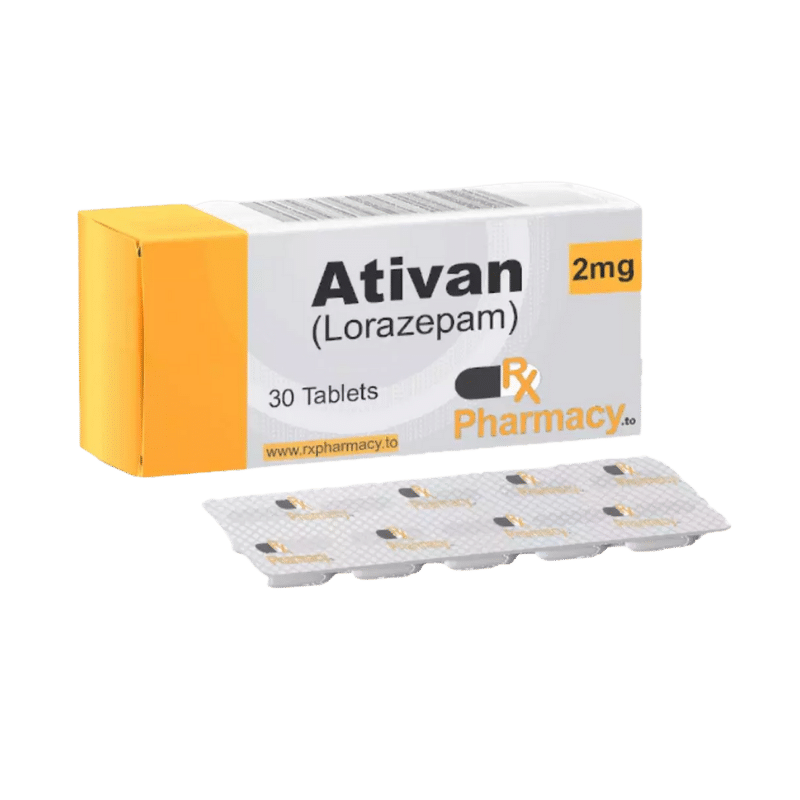
What Are the Side Effects of Ativan (Lorazepam)?
Most contrary reactions to benzodiazepines, such as central nervous system and breathing depression, are largely influenced by the dose, with more acute effects occurring with high amounts.
Sometimes the effects are similar to alcohol impairment, making activities like driving dangerous.
Side effects of Ativan (lorazepam) are [3]:
- Amnesia
- Apnea
- Asthenia
- Ataxia
- Coma
- Confusion
- Convulsions/seizures
- Decreased orgasm
- Depression
- Disinhibition
- Disorientation
- Drowsiness
- Euphoria
- Fatigue
- Headache
- Hypothermia
- Impotence
- Memory impairment
- Respiratory depression
- Slurred speech
- Suicidal thoughts & attempt
- The unmasking of depression
- Tremor
- Vertigo
What Is Kratom?
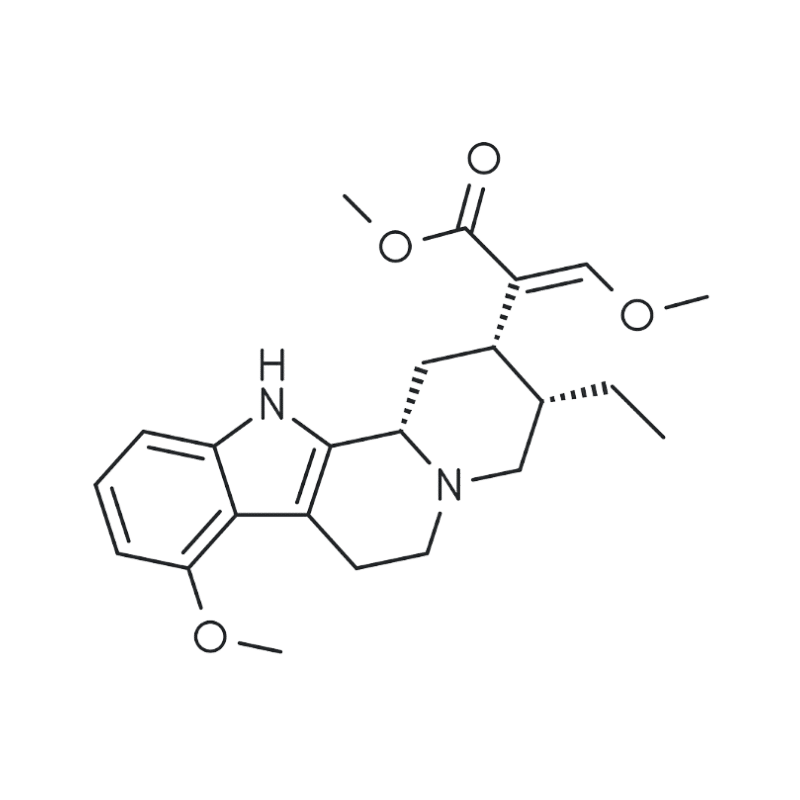
| Drug Name | Kratom |
| Classification | Opioid |
| CYP Metabolism | CYP3A4 |
| Interaction With Ativan | Agonistic |
| Risk of Interaction | High |
Kratom, a tree member of the coffee family, is native to Southeast Asia and majorly cultivated in Malaysia, Thailand, and Indonesia. Its leaves contain alkaloids that have nootropic and opioid-like effects.
In small doses, kratom increases energy and enhances mood. In larger amounts, it tends to possess sedative and euphoric effects.
What’s Kratom Used for?
Kratom leaves contain certain alkaloids — mitragynine and 7-hydroxymitragynine — that may help relieve pain, act as a relaxant, and combat inflammation. Kratom is also used as a natural and more accessible alternative to certain medications for treating opioid withdrawal.
These alkaloids interact with the opioid receptors in the brain. This implies that the effects are about the same as those you experience when taking other opioids, though the risks and side effects are not as severe.
Kratom may help with the following:

What’s the Dose of Kratom?
Usually, users take kratom as either a capsule or powder. Many people also chew kratom leaves or brew the dried or powdered leaves as tea. Occasionally, the leaves are crushed and eaten in food.
The dose depends on age, health, and several other factors, but check with your pharmacist or physician first if you’re using other medications.
The general guidelines for dosing kratom are as follows:
- Microdose — Less than 2 g
- Small dose — 2-5 g
- Medium dose — 5-8 g
- High dose — 8-12 g
Start with a low dose so you can see how kratom affects you. Always use the lowest amount possible and limit how often you take it. Ideally, take a break every four or five days.
Related: Can You Overdose on Kratom?

What Are the Side Effects of Kratom?
Kratom has side effects, just like any other pharmaceutical or herbal medication. If you stick with low doses and avoid using it too often, the side effects should be minimal or non-existent.
Side effects of kratom include the following:
Is Kratom Addictive?
Similar to other medications having opioid-like characteristics, kratom can be addictive.
However, this potential for addiction is not as severe or dangerous as opioid addiction.
Kratom withdrawal symptoms include:
- Aggression
- Emotional Changes
- Hostility
- Insomnia
- Irritability
- Jerky Movements
- Muscle Aches
- Runny Nose
Special Precautions & Warnings
Avoid using kratom during pregnancy or while breastfeeding. It’s best to err on the side of caution and stay clear of its use. Also, avoid using kratom with alcohol or other drugs.

What Are the Different Strains of Kratom?
To find the kratom strain you need, it is necessary to understand each strain and its unique features.

White Vein Kratom
White vein kratom is considered the most stimulating type of kratom. They provide users with significant energy boosts that can last for hours at a time. This energizing effect doesn’t invoke restlessness or symptoms of tension as other stimulants might.
For this reason, white veins are a good substitute for caffeine. They enhance energy levels without triggering nervousness or tension and can improve mental clarity and focus.

Red Vein Kratom
Red vein kratom is among the top popular strains available. The red color is caused by the high alkaloid content, particularly the presence of 7-hydroxymitragynine. These leaves are collected much later than the other strains and are considered more developed and effective.
Alkaloids react directly with the brain’s opioid receptors, providing an agreeable response. The higher the alkaloid concentration, the higher the stimulation effect. As a result, red vein kratom strains are best for pain relief and relaxation.

Green Vein Kratom
Green vein kratom is the middle ground between red and white vein variants. They deliver a stable blend of relaxation and stimulation and are popular because of their balanced effects.

Yellow Vein Kratom
Yellow vein strains are balanced and moderate, giving a harmonious and mild energy boost. As a mix of red and white strains, yellow strains are less likely to be overstimulating.

Key Takeaways: Is It Safe to Mix Kratom & Ativan (Lorazepam)?
These two drugs should not be combined.
Kratom can slow down your body’s ability to metabolize it, resulting in a dangerous buildup of Ativan.
You should never mix kratom with other opioids or benzodiazepines without first consulting with your prescribing physician.
- Kamble, S. H., Sharma, A., King, T. I., León, F., McCurdy, C. R., & Avery, B. A. (2019). Metabolite profiling and identification of enzymes responsible for the metabolism of mitragynine, the major alkaloid of Mitragyna speciosa (kratom). Xenobiotica, 49(11), 1279-1288.
- Ayano G. Psychotropic Medications Metabolized by Cytochromes P450 (CYP) 3A4 Enzyme and Relevant Drug Interactions: Review of Articles. Austin J Psychiatry Behav Sci. 2016; 3(2): 1054.
- Ghiasi, N., Bhansali, R. K., & Marwaha, R. (2021). Lorazepam. In StatPearls [Internet]. StatPearls Publishing.

